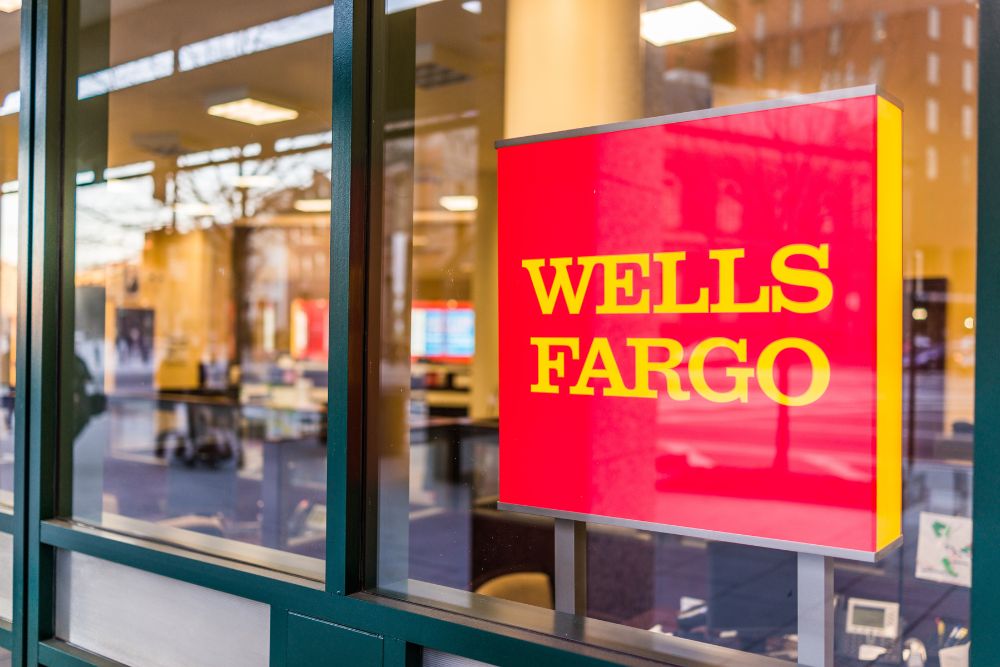When interest rates go up, it tends to benefit those that save, as savings account interest rates go up. But on the other hand, those that are borrowing funds through student loans, mortgages, or credit cards, could see their rates go up significantly.

Since the Federal Reserve has already raised rates significantly in the past year and multiple times, Americans will quickly see the effects from both sides.
Auto Loans
Usually, loans to buy a car follow the treasury rate for a five-year note. That’s the starting basis of where the rates come from. Then it all comes down to the other items that creditors look like, such as the individual credit score, what type of vehicle is going to be purchased, and the length of the loan. It also factors in how much a deposit or down payment is made. The average new car loan rate at the end of last year was hovering around 6.5%. A year ago, it was at 4.1%.
What about credit cards?
Typically credit cards have the highest rate and will continue to do so. These rates sometimes shift the fastest when the Fed raises rates. As of late January 2023, the credit card rate, on average, was at 19.9%. Last March (2022), it was circling around 16%.
Were mortgages affected?
Absolutely but not as quickly. 30-year fixed mortgages will follow the treasury bond at the 10-year rate, which can be affected by the increase in interest rates but also looks at inflation, and investor movements. The shift in rates was so high, though, that the mortgage rates rose past 7%. This was back in November and has since decreased to about 6.13%. If we compare this to similar weeks in 2021, the mortgage rates were at 3.55%.
When looking at adjustable rate or home equity lines of credit (HELOC) loans, those have been fluctuating much faster. Consumers typically see the increases a couple of billing cycles later.
Student loans also were affected
First, it all depends on the student loan type you have and whether your rates or payments were affected.
While many may see $20,000 cancelled on federal loans, they won’t have to worry about the rates really shifting if they can overcome the legal issues. That’s because the interest rate is set by the government and is fixed.
This may change in July, as the fixed rate is based on the current 10-year government treasury bond and its auction in May. Those have already had their rates increase, and that means undergraduates getting loans will see an increase, most likely. That increase is set to 4.99%, where it was previously 3.73%.
If we take a look at private student loans, those will also change. The variable-rate loans will definitely be going up soon, and those that are looking at new fixed-rate loans will see the offering and cost go up shortly, around a month or so.
Savings options will pay out more
Yet interest rates also affect savings rates, and that means there are already better rates out there to help your money earn. Yet this doesn’t happen quickly and may not happen with every institution, as the rate increase is really a tactic to increase banking deposits.
There are some that offer exceptionally high rates, such as Primis Bank, with a savings rate of just over 5%. However, the bigger banks out there, such as Capital One, Discover, American Express, and Ally bank, have held strong at their 3.3% interest rates. This is from the founder of DepositAccounts.com (a company part of LendingTree), Ken Tumin.
Mr. Tumin continued to state that “there should be an increase in savings rates with this announcement, but there’s no urgency coming from banks or online banks to increase those rates.”
Certificates of Deposits or CDs have a 4.4% interest rate for a one-year term on average, based on data provided by depositaccounts.com. This is an increase of half a percent from one year ago. Of course, banks and savings institutions will have varying rates and terms that may change as the rates continue to go up.







